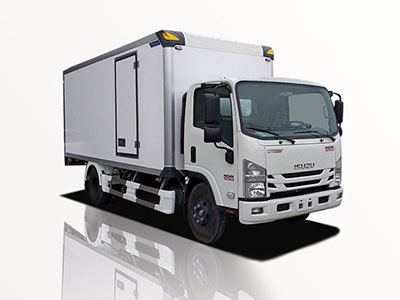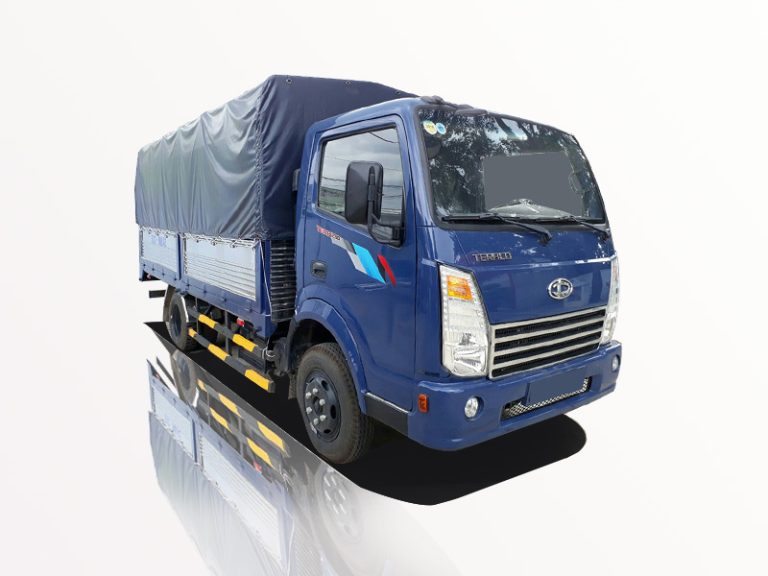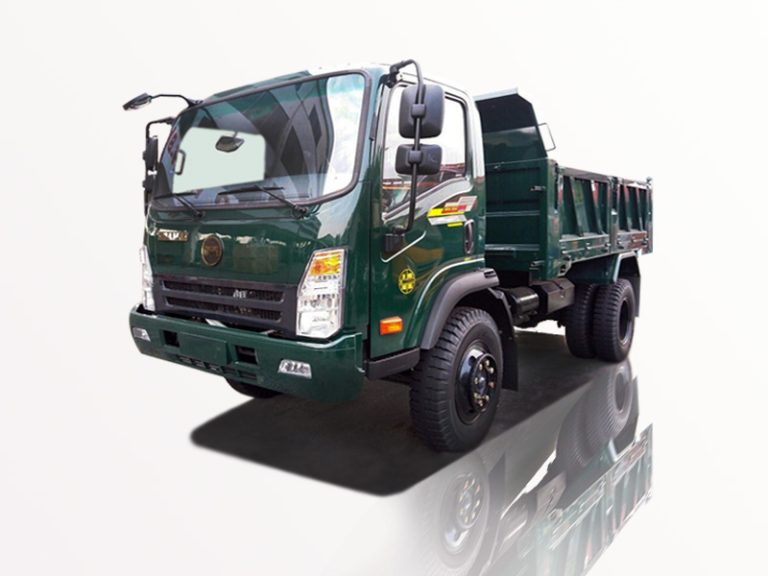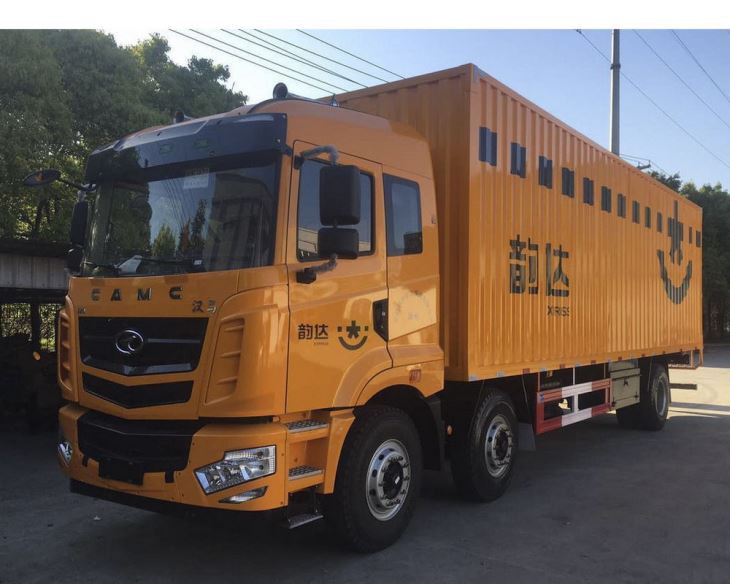Introduction
Dump trucks play a crucial role in construction, mining, and transportation industries. Their primary function is to haul and transport materials like sand, gravel, and debris. One of the essential factors to consider when choosing a dump truck is its capacity. This article will delve into the average dump truck capacity, types of dump trucks, factors affecting their capacity, and practical tips for optimizing your usage. Whether you’re a contractor, a homeowner planning a renovation, or a transport company owner, understanding dump truck capacity will help you make informed decisions that save you time and money.
What is Dump Truck Capacity?
Dump truck capacity refers to the maximum volume or weight of materials that a dump truck can safely transport. It’s typically measured in cubic yards or tons. The capacity can vary significantly based on the truck’s design, size, and configuration. Understanding this capacity is vital for efficient loading and transportation, ensuring safety and compliance with weight limits on roads.
Types of Dump Trucks and Their Capacities
Dump trucks come in various shapes and sizes, each designed for specific tasks and carrying different load capacities. Here are some common types of dump trucks:
1. Standard Dump Trucks
Standard dump trucks are the most common type used on construction sites. They feature a straight frame with a bed that tilts backward to unload materials.
- Average Capacity: 10 to 14 cubic yards or about 10 to 14 tons.
2. Articulated Dump Trucks
Articulated dump trucks are designed for rough terrain. They consist of a front cab and a rear dump body, which enables better maneuvering.
- Average Capacity: 15 to 30 cubic yards or approximately 20 to 25 tons.
3. Side Dump Trucks
These trucks have the unique ability to dump loads sideways, which can be useful in tight spaces.
- Average Capacity: 10 to 20 cubic yards or around 10 to 12 tons.
4. Transfer Dump Trucks
Transfer dump trucks use a separate trailer to increase capacity and flexibility.
- Average Capacity: 12 to 16 cubic yards for the truck and an additional 16 to 20 cubic yards in the trailer.
5. Super Dump Trucks
Super dump trucks have an additional axle, allowing them to carry heavier loads while remaining compliant with road weight limits.
- Average Capacity: 18 to 25 cubic yards or about 26 tons.
Factors Affecting Dump Truck Capacity
Several factors can influence the effective capacity of a dump truck:
1. Truck Design and Build
The structural design of a truck, including the materials used in construction, impacts its overall load capacity. Trucks built with lighter materials tend to have a higher payload capacity.
2. Material Type
The density of the materials being hauled can affect capacity. For instance, a truck may carry more cubic yards of loose gravel than compacted soil, which may weigh more.
3. State Regulations
Weight limits on highways and local roads can restrict how much a dump truck can carry. Regulations often require specific permits for trucks exceeding certain weight thresholds.
4. Truck Weight
Load capacity is also affected by the truck’s empty weight. A heavier truck carries a smaller load than a lighter counterpart.
5. Axle Configuration
The number of axles and their configuration can impact how much weight can be effectively distributed across the truck. More axles usually lead to higher payload capacities.
Calculating Dump Truck Capacity
To calculate the capacity of a dump truck, you can use the following formula:
- Capacity (cubic yards) = Length (ft) x Width (ft) x Height (ft) / 27
This formula helps convert cubic feet to cubic yards, making it easier to assess how much material can be loaded.
Example Calculation
If a dump truck bed measures 12 ft long, 7 ft wide, and 3 ft high, the capacity would be:
- 12 x 7 x 3 = 252 cubic feet
- 252 / 27 = 9.33 cubic yards
This means the truck can hold approximately 9.33 cubic yards of material.
Practical Tips for Maximizing Dump Truck Capacity
To ensure efficient use of your dump truck and maximize its capacity, consider the following tips:
1. Know Your Material
Understanding the type and density of the materials you’re transporting will help you calculate the optimal load size.
2. Load Evenly
Ensure the load is distributed evenly across the truck bed to maintain safety and avoid tipping during transport.
3. Use a Load Scale
Consider using a load scale to monitor the weight as you load materials. This helps prevent overloading, which can lead to legal repercussions and safety hazards.
4. Adjust for Terrain
Different terrains may require less material in the truck to ensure stability and safety. When operating on rough or uneven surfaces, try to err on the side of caution.
Average Dump Truck Capacity: A Quick Reference Table
| Type of Dump Truck | Average Capacity (Cubic Yards) | Average Capacity (Tons) |
|---|---|---|
| Standard Dump Truck | 10 – 14 | 10 – 14 |
| Articulated Dump Truck | 15 – 30 | 20 – 25 |
| Side Dump Truck | 10 – 20 | 10 – 12 |
| Transfer Dump Truck | 12 – 16 (Truck) + 16 – 20 (Trailer) | Varies |
| Super Dump Truck | 18 – 25 | 26 |
FAQs
1. What is the average dump truck capacity in tons?
The average dump truck capacity generally ranges from about 10 to 25 tons, depending on the type of truck and materials transported.
2. Can you overload a dump truck?
Overloading a dump truck is illegal and unsafe, as it can lead to accidents and damage to the truck. Always adhere to the manufacturer’s specifications and local regulations.
3. How do you know if a dump truck is loaded correctly?
A correctly loaded dump truck should have an even distribution of materials, lightweight on one side, and should stay within legal weight limits. Using scales for monitoring load can help.
4. What materials can a dump truck carry?
Dump trucks can carry a variety of materials including soil, gravel, asphalt, construction debris, and heavy equipment, depending on their capacity and type.
5. How do I choose the right dump truck for my needs?
Consider factors like the materials you plan to transport, weight and volume requirements, terrain, and your specific project needs to select the right dump truck.
6. What safety measures should be taken when using a dump truck?
Ensure proper loading, never overload, maintain visibility during operation, and ensure that safety equipment like seat belts and rollover protection is used at all times.



